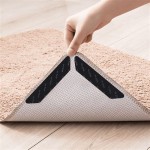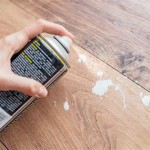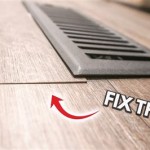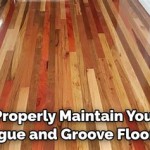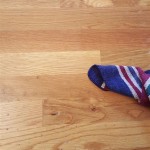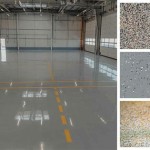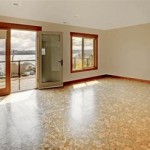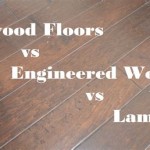Can You Use Pressure Treated Plywood for Subfloor?
Pressure-treated plywood (PTP) is a type of plywood that has been infused with chemicals to make it resistant to rot, decay, and insects. It is commonly used in outdoor applications, such as decks, fences, and siding. However, its durability and moisture resistance have sparked questions about its suitability as a subfloor.
Advantages of Pressure Treated Plywood for Subfloor:
- Moisture Resistance: PTP's chemical treatment makes it highly resistant to moisture absorption, which is crucial for subfloors that are prone to humidity or water spills.
- Pest Resistance: The chemicals in PTP deter pests, such as termites and wood-boring insects, which can damage ordinary plywood.
- Durability: PTP is stronger and more durable than untreated plywood, making it suitable for heavy foot traffic and heavy loads.
Disadvantages of Pressure Treated Plywood for Subfloor:
- Chemical Concerns: The chemicals used in PTP, such as copper and arsenic, can potentially leach into the air or soil over time. This can be a concern in enclosed spaces like homes.
- Cost: PTP is more expensive than untreated plywood, which can be a significant factor in large subfloor installations.
- Difficult to Cut and Install: PTP is denser and harder than untreated plywood, making it more difficult to cut and install. It also requires special fasteners designed for treated wood.
Building Codes and Regulations:
Building codes and regulations vary regarding the use of PTP for subfloors. In some areas, it is prohibited due to concerns about chemical leaching. In other areas, it is allowed with certain restrictions, such as requiring a vapor barrier between the PTP and the living space. Always check with your local building department for specific regulations.
Alternatives to Pressure Treated Plywood for Subfloor:
- Untreated Plywood: While not as resistant to moisture and pests, untreated plywood is a cost-effective and widely available option. It should be used in dry, well-ventilated areas.
- Exterior-Grade Plywood: Exterior-grade plywood is treated with water-resistant resins, making it suitable for exterior applications. It is a more durable and moisture-resistant option than untreated plywood.
- AdvanTech Subflooring: AdvanTech is a high-performance engineered wood product specifically designed for subfloors. It is moisture-resistant, durable, and easy to install.
Conclusion:
While pressure-treated plywood offers certain advantages for subfloor applications, it is important to consider the potential chemical concerns, cost, and installation challenges. Building codes and regulations should be checked carefully to ensure its use is permitted. In areas where PTP is prohibited or preferred alternatives are available, they should be considered for their moisture resistance, durability, and cost-effectiveness.

Pressure Treated Plywood Theplywood Com

Is Pressure Treated Wood Right For You

Best Bathroom Subfloor Material At Improvements

Installing Wood Subfloors Over Concrete Hardwood Floors

Prowood 15 32 In X 4 Ft 8 Ccx Pressure Treated Plywood 566876 The Home

Pressure Treated Lumber Raised Floor Living Pro

Plytanium S I Floor Plywood Subfloor Panels Georgia Pacific

Prowood 3 4 In X Ft 8 Tongue Groove Underlayment Pressure Treated Plywood 376213 The Home

1 2x4x8 Cdx Pressure Treated Pt Plywood Sq Edge Hflcd12pt Hills Flat Lumber

Severe Weather 3 4 In X 2 Ft Pressure Treated Pine Plywood Sheathing The Department At Com
See Also
